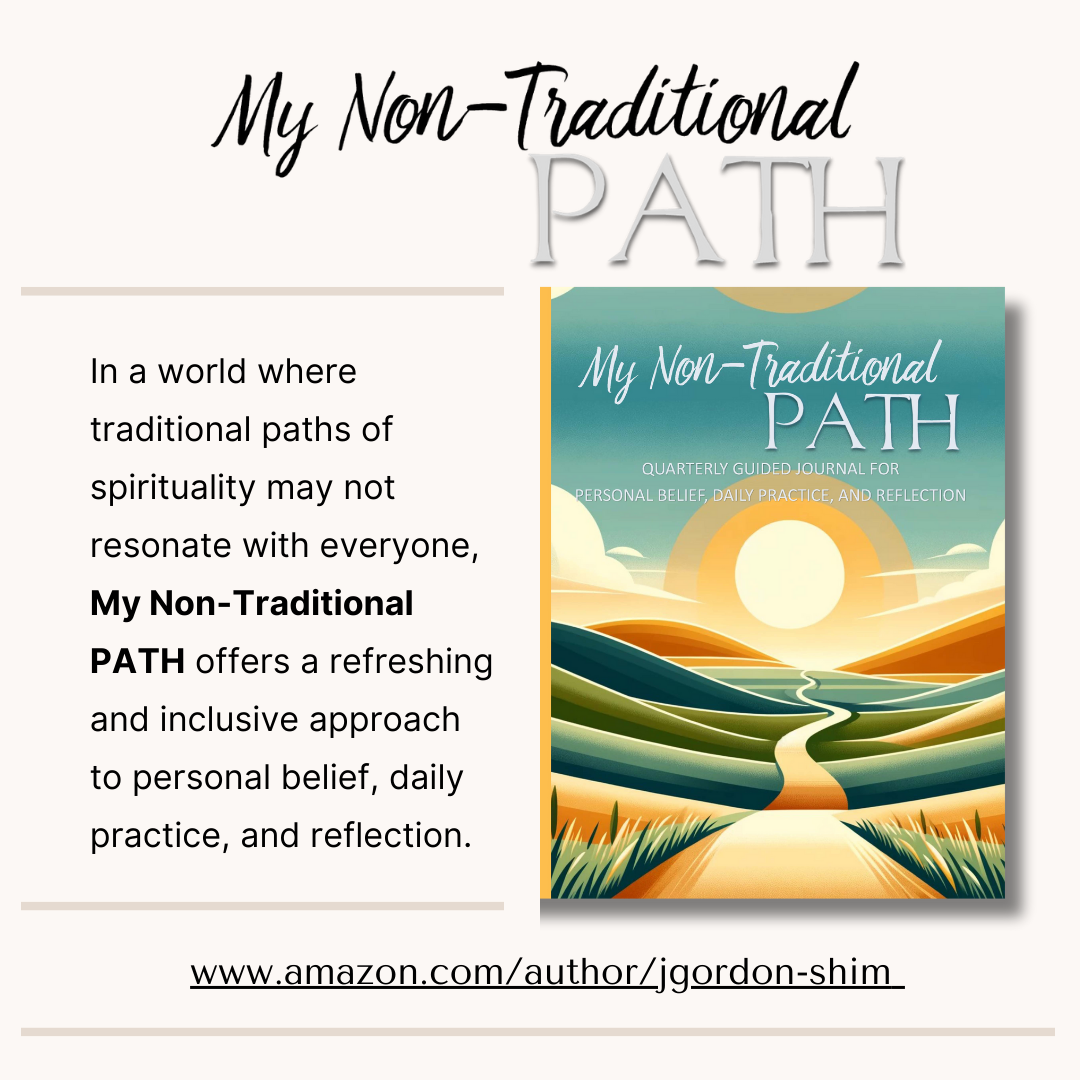Vision Quest’s marketing strategy is designed to highlight its unique position in the market as a provider of innovative and supportive growth programs. By focusing on digital marketing, direct outreach, and community engagement, Vision Quest can effectively communicate its value proposition, engage with its target audience, and achieve its business objectives. Continuous evaluation and adaptation of the marketing strategy will ensure Vision Quest remains aligned with its mission to empower individuals and organizations towards achieving their full potential.
Executive Summary
- Objective: Establish Vision Quest as the premier partner for personal and organizational development, focusing on unlocking potential and fostering growth.
- Target Audience: Government agencies, educational institutions, non-profits, consultants & coaches, and individuals seeking personal and professional growth.
- Strategy: Utilize a mix of digital marketing, direct outreach, and community engagement to highlight Vision Quest’s unique value proposition.
- Key Metrics: Website traffic, lead generation, conversion rates, client testimonials, and social media engagement.
Market Analysis
- Industry Overview: The personal and professional development industry is growing, driven by the increasing recognition of the importance of continuous learning and adaptation to change.
- Competitive Landscape: Identify direct and indirect competitors, analyzing their strengths, weaknesses, and market positioning.
- Opportunities: The rising demand for personalized growth plans and the need for comprehensive support systems in professional development.
Target Audience
- Primary Audience: Government agencies, educational institutions, and non-profits seeking to empower their teams and improve organizational efficiency.
- Secondary Audience: Individuals seeking personal growth, career advancement, and a supportive community for achieving their goals.
- Audience Needs: Tailored growth strategies, accessible support, community connection, and sustainable success tools.
Marketing Strategy
Brand Positioning
-
- Position Vision Quest as an innovative, supportive, and transformative partner for growth and achievement.
Content Marketing
-
- Website & Blog: Leverage the landing page to highlight Vision Quest’s programs, benefits, and unique selling propositions. Publish regular blog posts on topics related to personal and professional development.
- Videos: Utilize the existing video content to engage the audience on social media platforms and the website, showcasing real-life success stories and program overviews.
Social Media Marketing
-
- Platforms: Focus on LinkedIn for B2B engagement and Instagram/Facebook for B2C outreach.
- Content: Share testimonials, tips for personal and professional growth, and behind-the-scenes looks at workshops and community projects.
Email Marketing
-
- Send monthly newsletters featuring program updates, success stories, and exclusive resources for subscribers.
Direct Outreach
-
- Partnerships: Collaborate with educational and non-profit organizations for workshops and seminars.
- Webinars: Host free webinars on topics relevant to your target audience, introducing them to Vision Quest’s approach and benefits.
Sales Strategy
- Consultative Selling: Adopt a consultative approach to understand the specific needs of potential clients and tailor proposals accordingly.
- Follow-Up: Implement a systematic follow-up strategy to nurture leads through the sales funnel.
Metrics & Evaluation
- Performance Metrics: Track website traffic, lead generation numbers, conversion rates, and social media engagement metrics.
- Feedback Loops: Regularly solicit feedback from clients and adjust strategies based on insights gathered.
Budget & Forecast
- Budget Allocation: Outline the budget for digital marketing efforts, content creation, and outreach activities.
- ROI Forecast: Estimate the return on investment based on projected lead conversions and client retention rates.
Implementation Timeline
- Develop a phased timeline for rolling out marketing initiatives, prioritizing quick wins like social media engagement and email marketing, followed by longer-term strategies such as content creation and partnership development.











